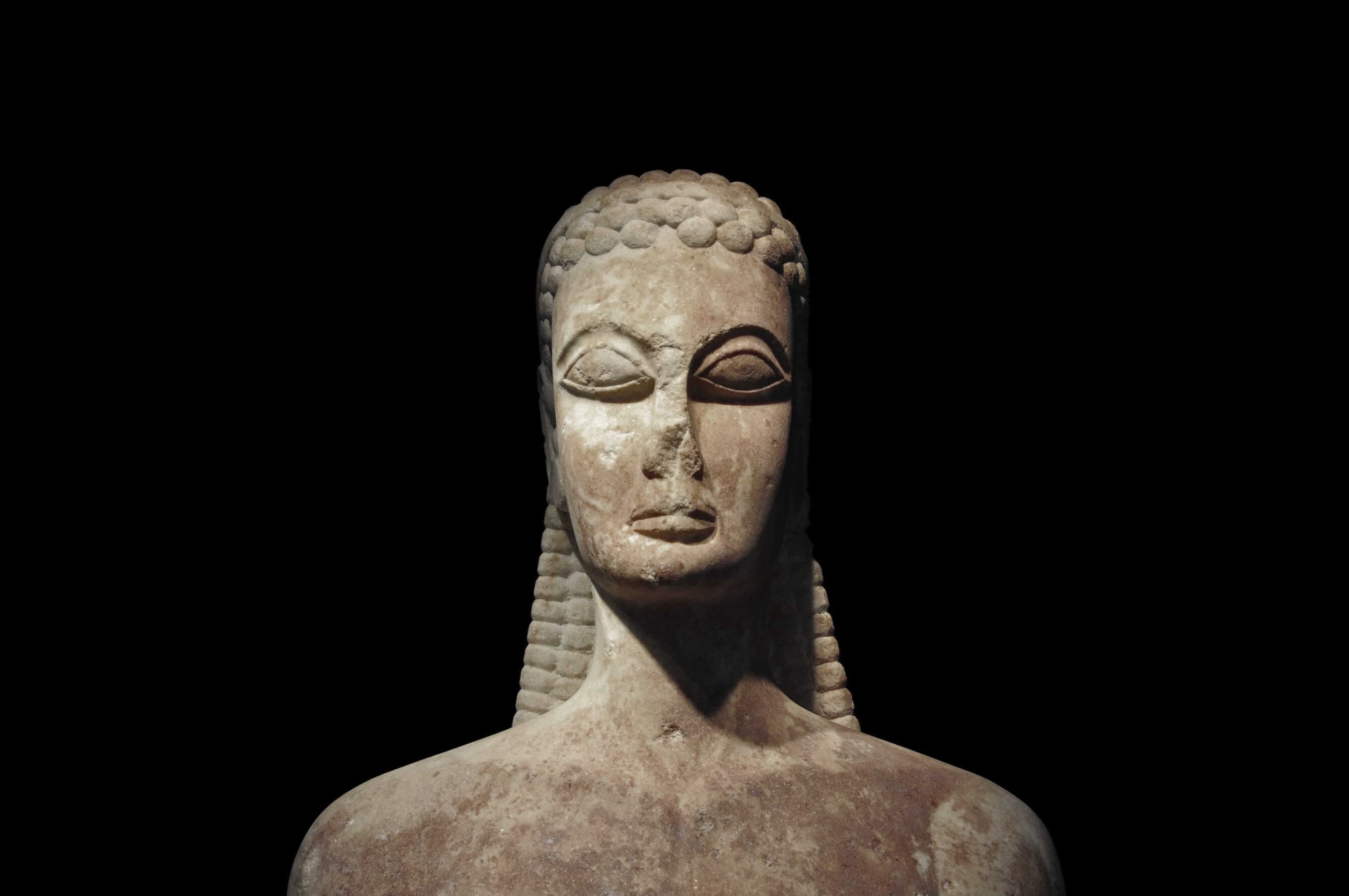In his book, Blink, Malcolm Gladwell shares the story of the Getty museum’s kouros statue, a sixth century BC sculpture purchased in the early 1980s for $10 million (which would be just shy of $26 million in 2019). With such a high price tag, the museum wanted to be sure of the authenticity of the piece, so they took possession of the sculpture and brought in the best scientists with state-of-the-art technology to test the structure, aging, and quality of the stone. After ample research caused the scientists to declare it appropriately aged and most likely authentic, the Getty completed the purchase and proudly put it on display. However, art historians and experts, one after another, reacted negatively to the piece. Something felt amiss. One historian said of it, “I felt as though there was a glass between me and the work.” Though it technically checked out, the sculpture just did not have the feel of something authentic. No expert believed it to be real.
Each of us could name a leader who fits the same description: plenty of pedigree and the right resume, but a feeling that they are just fake. We may not be able to put our finger on it, but there is a missing quality that causes us to feel suspicion. When we sense that someone is not quite authentic, we immediately question their trustworthiness, a vital leadership trait! Yet few leaders focus their energy on accessing their authenticity and using it to inspire their teams.
Authenticity is a characteristic of self-leadership. Learning skills to improve your management repertoire can be useful, but if all of your efforts focus outward on driving your team members’ performance rather than focusing inward on being the kind of leader they want to follow, you are at risk of becoming like the kouros sculpture. A leader with lots of management technique but no authenticity will not inspire a team to rise to the challenge of contemporary business problems. At best, they will get compliance through fear; at worst they will lose talent during the most critical times.
Leading self requires hyper-awareness of your own actions so that you can be agile in difficult situations without comprising who you are and what you stand for. Becoming masterful at this requires three critical tools:
Know the values that drive you. Though quite popular, it is not enough to take an assessment that tells you who you are and puts you in a bucket with other personality traits. While interesting, these exercises rarely lead to personal change and more often lead to stereotyping those around you. Understanding your values requires you to mine your life experience, stories, history, and decisions for themes and driving factors. When you know your values, you can then structure them in a system which influences the way you live your life and how you lead. We call this your Leadership Fingerprint. Our proprietary methodology helps you craft this important tool for discovering your authentic self.
Manage your defensive reactions. Viktor Frankl famously said, “Between stimulus and response there is a space. In that space is our power to choose our response. In our response lies our growth and freedom.” Many of us have reactions, not responses, to external stimuli. When we feel ourselves getting hot and offer a quick comeback or retort, we’ve succumbed to a defensive reaction which is a surefire way to break trust. Critical to self-leadership is the ability to manage your own reactions and learn to pause and respond from a place of calm intent rather than reactive emotion.
Become Adaptive. As you discover your own values, you begin to realize that no one else shares your System. We are all triggered into defensiveness by different attitudes and actions. When you learn to manage your defensive reactions, you build the ability to pause and consider a larger context to the immediate issues and with these skills, you can understand the style and preferences of the person in front of you. Popularized by the rise of emotional intelligence (or EQ), it requires great skill to understand and manage your own reactions, while recognizing the actions and needs of another person. Adapting your behavior to meet them where they are without compromising your own values is true mastery and authenticity.
Otto Scharmer, senior lecturer at MIT and co-founder of the Presencing Institute says, “Two leaders in the same circumstances doing the same thing can bring about completely different outcomes, depending on the inner place from which each operates.” It’s not enough to do the right thing; to be truly effective you have to also come from the right inner place. How do you access that inner place? That’s the art of self leadership.
And what about our Sculpture? The story ends with the eventual determination that it was a fake and the art dealer’s papers were forged. It still sits in the Getty with the description, “About 530 BC or modern forgery!”
To learn more about Lapin’s Leadership Fingerprint™ Program, click here.
